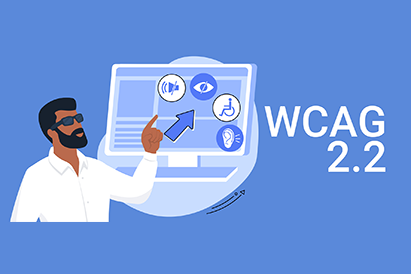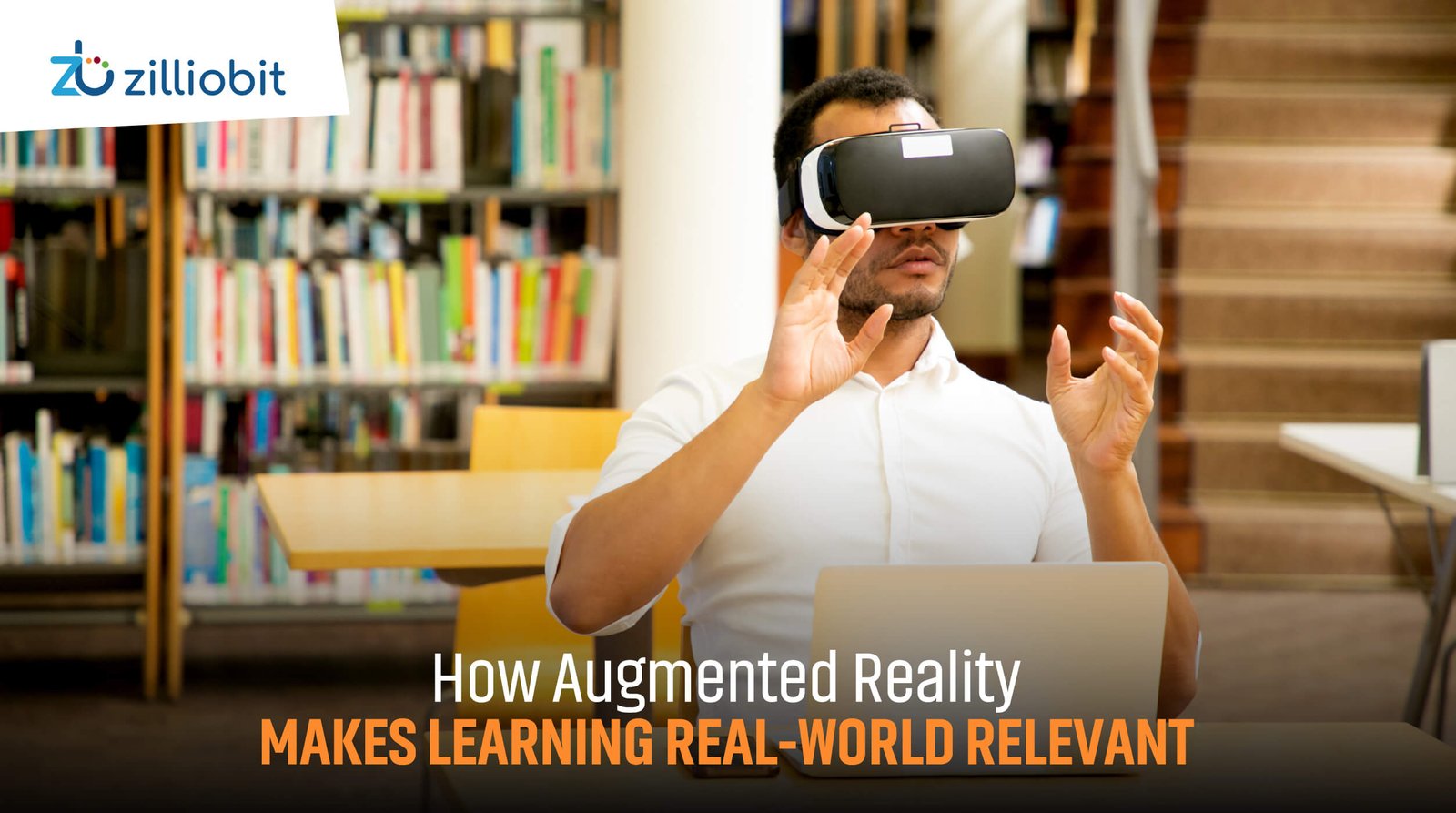The Psychology Behind Gamification: Why It Works in Learning & Development
4 minutes to read

Introduction
Corporate training can sometimes become tiring, with too many slides, long lectures, and an information overload. But what if learning felt more like a game? That’s where gamification comes in. Adding points, leaderboards, and rewards makes training more interactive, competitive, and fun. It’s not just about having fun, it’s about keeping employees engaged, increasing motivation, and enhancing knowledge retention.So, why does gamification work so well? It all comes down to psychology, our natural desire to achieve, compete, and earn rewards makes learning more engaging and effective. Let’s explore how gamification turns corporate training into a fun and rewarding experience.
1. What is Gamification in Learning?
Gamification in learning is the application of game mechanics, such as points, badges, leaderboards, and challenges, to educational or training programs to enhance engagement, motivation, and knowledge retention. It transforms learning into an interactive experience by integrating competition, achievements, and engaging elements.Real-world examples:
Companies like Microsoft and Deloitte have successfully implemented gamified training programs, resulting in higher engagement rates and improved knowledge retention.2. The Psychology Behind Gamification
Gamification works because it taps into human psychology, our natural drive to achieve, compete, and be rewarded. Here’s how it makes learning more engaging and effective:-
Intrinsic vs. Extrinsic Motivation:
Motivation comes in two forms: intrinsic and extrinsic. Intrinsic motivation comes from within, like the satisfaction of learning something new, while extrinsic motivation is driven by external rewards. Gamification combines both by making learning enjoyable while offering incentives like badges and bonuses to keep learners engaged. -
Dopamine and Reward Mechanisms:
Winning a game or completing a task triggers dopamine, a neurotransmitter linked to pleasure and motivation. Gamification taps into this by using rewards, challenges, and progress tracking to trigger dopamine releases, making learning more addictive and reinforcing positive behaviours -
Progress Tracking:
People love seeing how far they’ve come; it keeps them pushing forward. Gamification allows employees to visualise their growth and track their learning journey through progress bars, achievement levels, and leaderboards.
3. Benefits of Gamification in the Workplace
Implementing gamification in corporate training offers several advantages:-
Increased Employee Engagement:
Traditional training methods often struggle to keep employees engaged, resulting in low participation. Gamification transforms learning into a fun and interactive experience, making it more engaging and effective. -
Enhanced Knowledge Retention:
Gamified training helps employees remember more by keeping them engaged, encouraging hands-on learning, and reinforcing concepts through fun challenges and instant feedback. -
Encouragement of Healthy Competition:
Leaderboards and team challenges create a fun, competitive atmosphere where employees stay motivated, push their limits, and collaborate. Plus, it strengthens workplace relationships along the way.
Improved Training Completion Rates:
Gamified content keeps learning fun and interactive, making employees more likely to complete training and get the most out of it.Real-World Examples
Many companies use gamification to enhance engagement. Duolingo motivates learners with streaks and badges, while LinkedIn encourages progress with visual tracking bars.4. How to Implement Gamification in Employee Training Programs
Gamification isn’t just about fun, it’s about results. Here’s how to do it effectively in corporate training:-
Define Clear Learning Objectives:
Ensure the gamified elements align with the desired educational outcomes to maintain focus and relevance. -
Choose the Right Game Elements:
Choose gamification elements that match your training goals and appeal to employees. While badges and leaderboards are great, adding real-time feedback and progress bars can boost engagement even more. -
Measure Success:
Monitor how employees learn and engage with the training. Use data to see what’s working and what’s not, and tweak the game elements to make the experience even better. -
Encourage Participation:
Get employees excited about gamified training by highlighting its benefits. Make it easy to join in with clear instructions and support so everyone feels confident and motivated to participate.
Conclusion
Gamification revolutionises corporate training, transforming learning into an engaging and rewarding
adventure. Tapping into psychology-driven strategies boosts motivation, enhances retention, and delivers
tangible results. Companies embracing gamified learning experience higher engagement, improved performance,
and a more inspired workforce.
At Zilliobit, we design innovative gamification solutions that turn training into an experience employees love. Whether you want to enhance productivity, drive employee engagement, or build a culture of continuous learning, we’re here to help. Let’s gamify your training and make learning genuinely impactful!
At Zilliobit, we design innovative gamification solutions that turn training into an experience employees love. Whether you want to enhance productivity, drive employee engagement, or build a culture of continuous learning, we’re here to help. Let’s gamify your training and make learning genuinely impactful!
DO YOU WANT TO TAKE YOUR LEARNING PROGRAMS TO THE NEXT LEVEL AND MAKE THEM MORE ENGAGING AND MOTIVATING?
Let’s Talk


